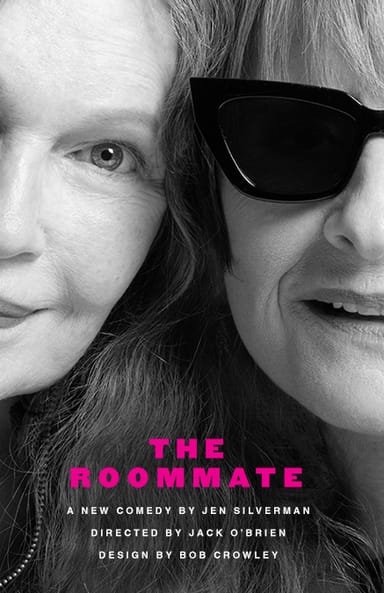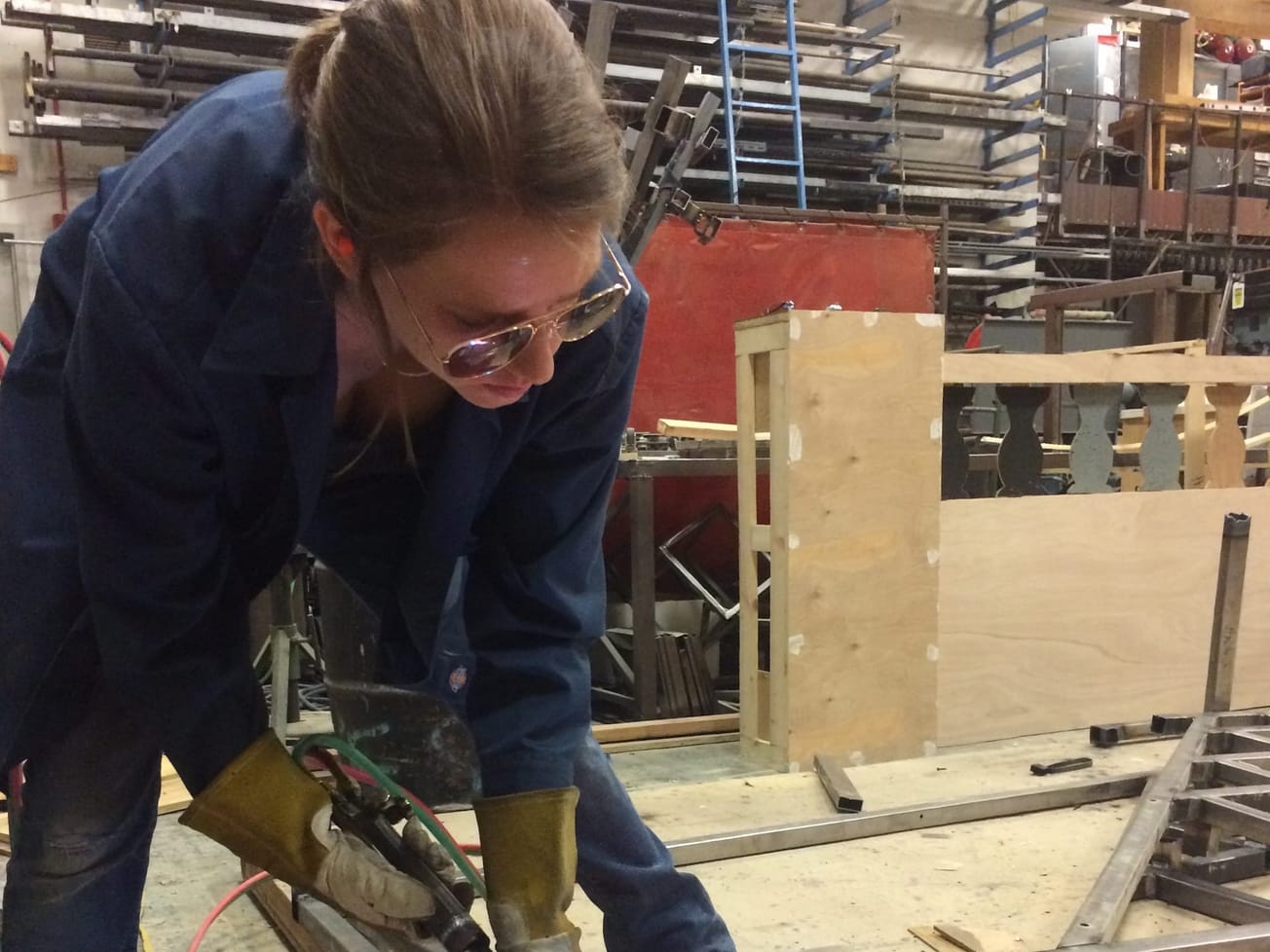Broadway productions and touring companies have set new minimum requirements for COVID-19 testing based on the number of cases in the area.
Productions are now using the Covid Act Now heat map to calculate the risk level for transmission in each locality and therefore determine the minimum number of tests per week needed for company members. However, as coronavirus cases arise in the industry, many Broadway productions are testing more frequently than the specified minimums.
The New York City Metropolitan area is currently at a high risk level, which equates to testing at least two times per week for Broadway productions. The same cadence is suggested for medium risk level areas.
Severe or very high risk transmission areas have a minimum testing rate of three times per week. An area is considered low transmission, necessitating one test per week, only if the locality has maintained that level in the preceding four weeks and if there have been no positive COVID cases within the company.
The League has been using the Covid Act Now tool to determine testing rates on the road and on Broadway since the end of October. The rates will be in place through the end of 2021.
The use of the tool came out of conversations between the Broadway League and Actors’ Equity, as well as their respective health and safety experts. The two parties had originally set testing standards over the summer, but then continued to issue new suggestions as the COVID landscape shifted.
“We’ve had these medical professionals involved with the conversation and they seem to be most comfortable using this heat map, because it really is completely impartial,“ said Anthony LaTorella, the League’s labor committee chair and vice president of labor relations at the Nederlander Organization.
In September, due to the spread of the delta variant, the League had suggested increasing testing levels to twice per week and having all company members wear masks backstage. Thus far, two productions, “Aladdin” and more recently, “Chicken & Biscuits,” have publicly reported breakthrough COVID-19 cases in the company and canceled performances as a result.
Recent conversations have largely centered on Equity members, since the actors are unmasked on stage and therefore at a potential greater risk of infection. The new testing rates are also a suggestion, rather than a rule. However, LaTorella said he believes most Broadway productions are applying the testing standards to all company members and testing at or above the minimum levels.
Epidemiologist Blythe Adamson, who is working with 13 Broadway productions on COVID-19 policies, has set a minimum testing standard of three times per week for all of her productions. Some of her productions are testing six times per week.
While Adamson supports the use of the Covid Act Now tool to set minimums, her own testing frequency is determined by case rates in the area and whether there has been a recent positive case in the theater.
“As long as there’s a burden of COVID in the community, I will expect people to show up in their workplace with random people testing positive because they’ve become exposed or infected in their household or out in the community,” Adamson said.
Adamson, and her company, Infectious Economics, largely use PCR tests — with the majority collected on site and sent to the lab in batches — to identify emerging cases among cast and crew members. So far, she said she has been “really encouraged” by the ability of the PCR tests to identify cases in individuals before they become infectious. Her team only uses antigen tests to confirm already suspected COVID-19 cases.
The new suggestions from the League do not specify whether rapid antigen or PCR tests should be used.
When positive cases are found — Adamson is now working with “Aladdin” and Disney Theatrical Productions, for example — her team is able to conduct genomic sequencing on the samples to eventually determine how and where each individual was infected. This can help her team reshape any health and safety policies, if necessary.
What’s clear thus far, according to Adamson, is that high-quality KN95 masks for crew members and for actors, whenever they leave the stage, are essential for controlling spread within the theater. Her team has also brought in fans and portable air filters to promote better airflow backstage.
While she acknowledges that it comes with a cost, Adamson would like to see these components, as well as the primary use of PCR tests, adopted across the industry.
“My hope would be that over time we would see more alignment with policies that we’re seeing are working,” Adamson said.


























































